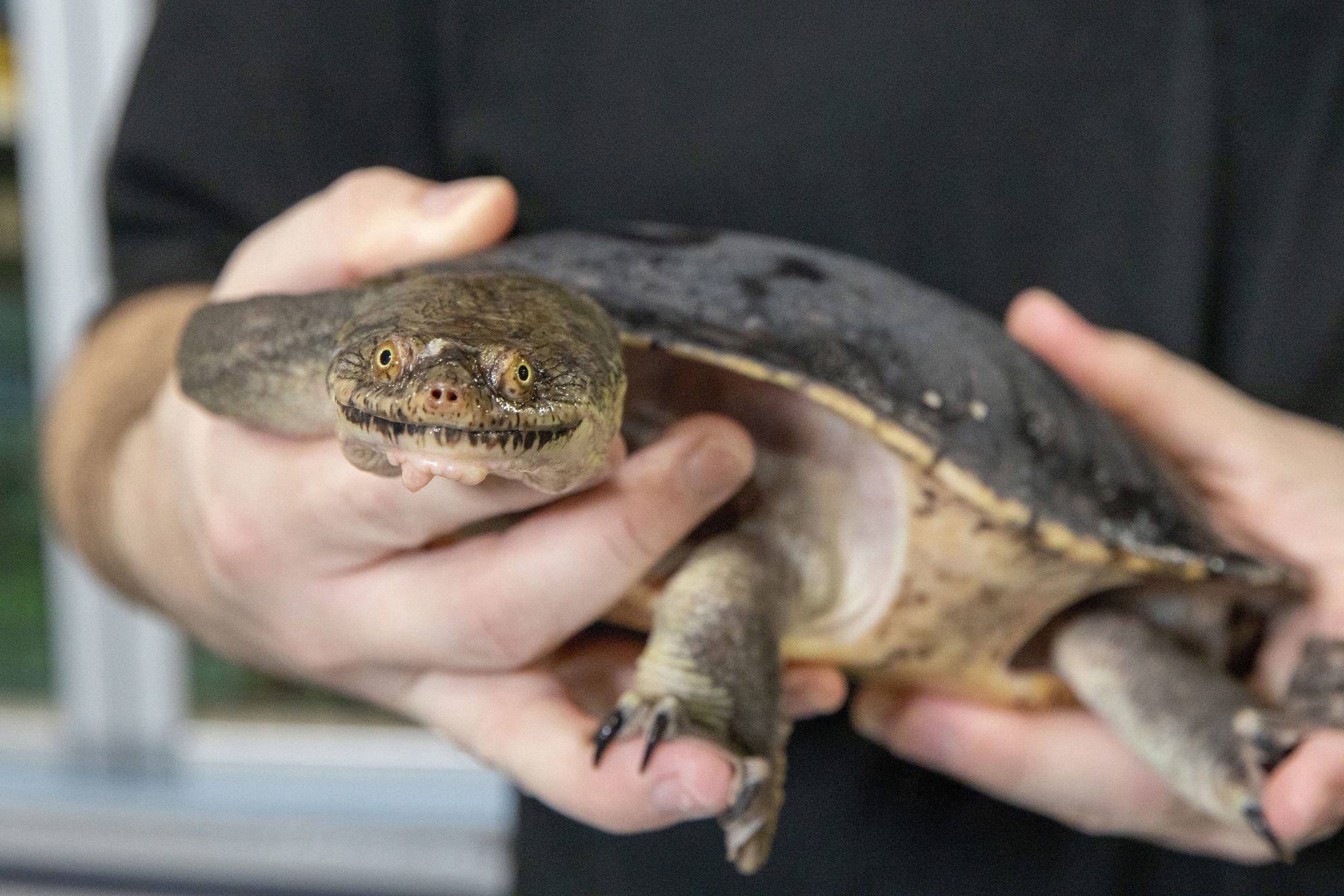Great Info About How To Look After Long Neck Turtles

They are ambush feeders and enjoy catching live fish in their tank.
How to look after long neck turtles. The turtle must be below 10oc to hibernate safely. They need to be fed in the water in order to swallow their food. Turtles should be fed a varied diet of whole fish such as whitebait, yabbies, prawns, worms and insects.
Step 2 set up your turtle aquarium where it will receive some natural sunlight and the water temperature will remain reasonably stable. Any saltwater feed should be rinsed thoroughly and soaked for at least an hour. Cover the floor with large gravel, sloped upwards at one end so that a dry basking area is available.
It must have a layer of fine clean sand or clay because direct contact with hard surfaces such as concrete can harm the turtle. They sometimes inhabit streams and rivers but tend to be found in slow moving water, such as swamps or wetlands. Quick reference section experience level:
Ear infections commonly show up as large bumps behind your turtle's eyes and need to be addressed by your vet. Do this before you acquire your pets. Chinese striped neck turtle health.
Large flat rocks at this end can also help. In truth, most types of turtles have long necks when they stretch them out. These tank sizes are then suitable for the lifetime of the turtle.
The pond should be cleaned regularly. Long neck turtle care. Moreover, they are known to be easily tamed, taking food right from their owner's hands.
Moths and crickets), tadpoles, small freshwater fish (e.g. Turtles only eat in the water — they will refuse food if it is placed elsewhere. A pond measuring approx 2m long, 1m wide and 40cm deep, located in a summer shaded area with ramps would be ideal, as reptiles need external sources of heat.
10 types of turtles with long necks. Up to 50 years interesting facts White bait and guppies), fresh and saltwater prawns and yabbies, snails and mussels and worms.
In this article, we will be looking at 10 mostly aquatic turtles with long necks and learning what makes them unique. Poor water quality can result in your turtle developing skin, shell, and ear infections. Feeding frequency is generally once daily for young turtles and three times a week for older turtles.
It is important that your turtle be able to get out of the water when it wants. If you are nervous, use a small towel. 9.84 inches (250 mm) average adult weight:


















